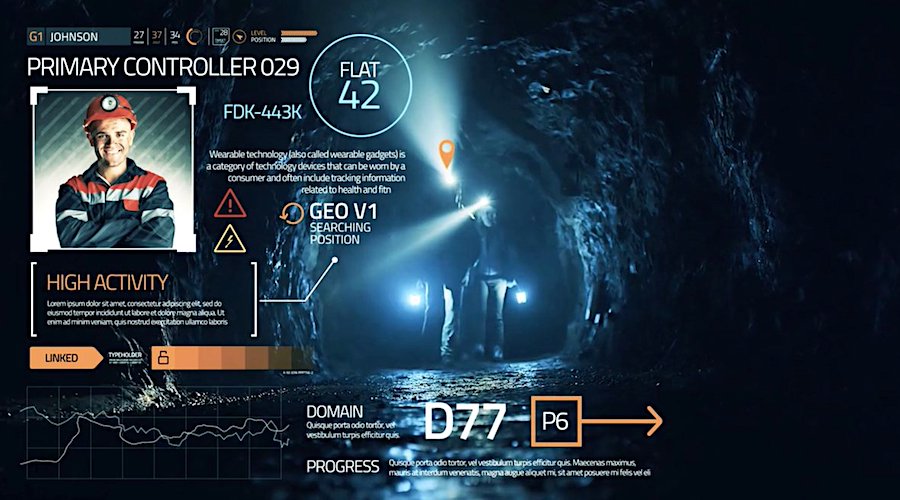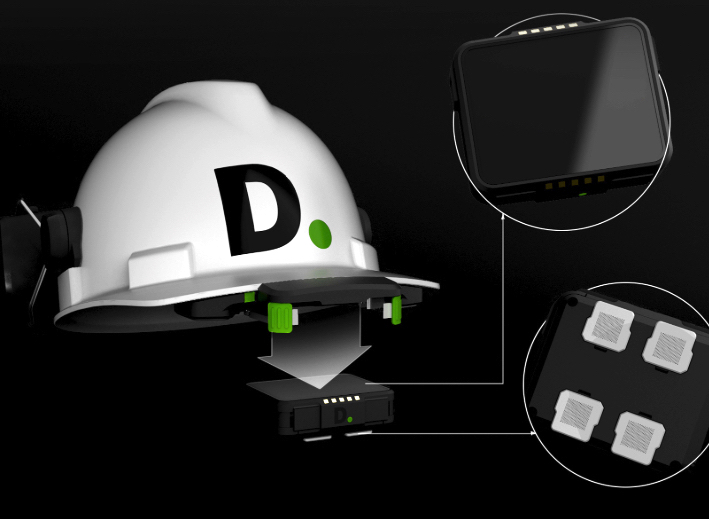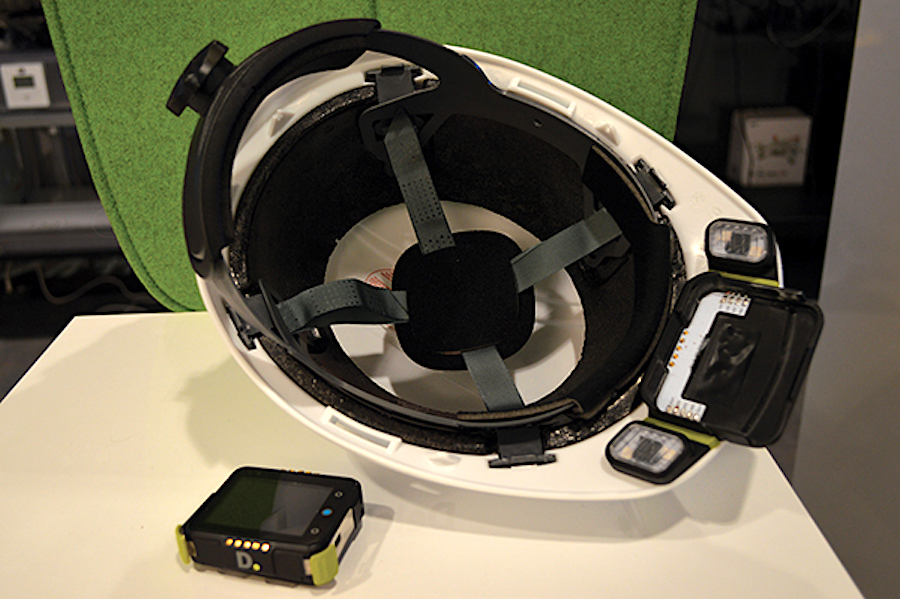
As declining ore reserves push mines to greater depths and to remote locations, some companies are testing wearables — clothing, gear and other accessories incorporating computer and advanced electronic equipment — to see how they can help cut costs, decrease risk and drive productivity.
Those solutions are increasingly being adopted by companies that see health, safety and environmental challenges as a priority, a study published Deloitte and NORCAT shows.
“The confluence of a number of factors, including miniaturization, processing power, battery life and WI-FI readiness has created a significant opportunity for wearables in mining”
Deloitte’s global mining and consulting leader, Andrew Swart
The main advantage of these smart electronic devices is, according to Deloitte’s global mining and consulting leader, Andrew Swart, that a single gadget can serve multiple purposes.
He notes wearables are currently used in four main areas. In environmental monitoring, for instance, remote sensing technologies let frontline workers anticipate and companies respond to various types of risks.
For health and safety managers, biometric devices can help avoid accidents thanks to real-time alerts indicating a person is highly stressed or too tired.
When used in conjunction with underground digital mining platforms, they have the ability to communicate and address multiple issues such as air quality (diesel particulate, gas levels, dust levels, temperature), location tracking using radio-frequency identification tags and workers’ last known position tracking during seismic events.
Wearables are especially useful for training, Swart told MINING.COM. Real-time virtual and augmented reality applications are accelerating skills and knowledge development, especially in the context of increased adoption of mobile equipment.
This technology is also helping optimize response capability to incidents.

The confluence of a number of factors, including miniaturization, processing power, battery life and WI-FI readiness has created a significant opportunity for wearables in mining, Swart said.
Adroit Market Research predicts that the global digital mining market will be worth almost $13,570 million by the end of 2025, boosted by miners’ needs to optimize productivity and offer safety to their workforce.
As with any emerging technology, wearables’ adoption can be met with some reluctance, especially by unions. They tend to believe that, rather than monitoring the environment, the smart devices are meant to monitor workers.
To avoid this, Swart noted, unions should be engaged in the decision process and the introduction of wearables at work.
The data that wearables collect depends on a device’s features and the infrastructure in place, which can either ensure continuous connection (active tracking) or gated connection (passive tracking).
Given the legal risks related to employers accessing information considered private, such as a person’s medical conditions, mining companies should enable only the right features for the organization and review the processes by which data is collected, Swart noted.
Equally or more important, he added, is for miners to introduce policies, infrastructure, system security and appropriate education on wearables.
While their adoption has increased in the last decade, wearables are being integrated in mining operations in a variety of ways, depending on factors such as assets location and type of mining.

Australia’s largest gold producer, Newcrest Mining (ASX: NCM), has been looking to wearables and algorithms to help workers at its Telfer mine drink enough water. The decision was amde after tests found up to one-third of the staff didn’t start the day adequately hydrated.
Boart Longyear has introduced a system that allows 100% hands-free drilling rods handling. Among the multiple hazard associated manually handling those tools, the solution prevents back and hands injuries, as well as muscle strains and pulls.
In Ontario, Canada, Jannatec Technologies has produced a number of wearables currently in use at the several mines and projects located in the region. The most recent one is a helmets with a 360° high visibility feature, onboard brim mounted camera, bio-sensors and proximity detection.
Embracing the full potential of these technologies requires mining leaders to think through questions that will arise during pilot, implementation and scaling phases, Swart said.
“As as with any new technology, we’re in a transition period during which the product will be slow to show tangible results,” he said.